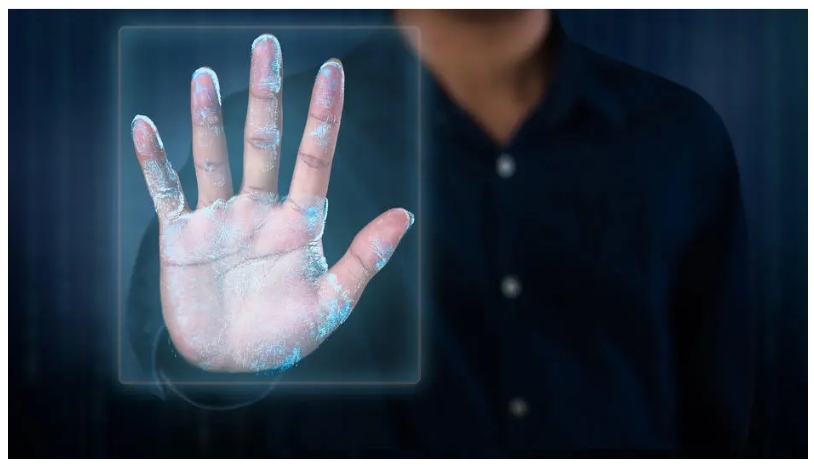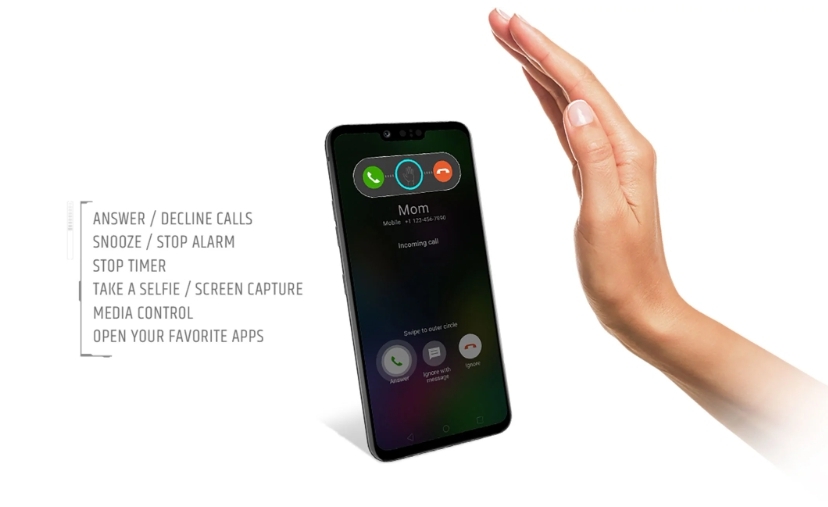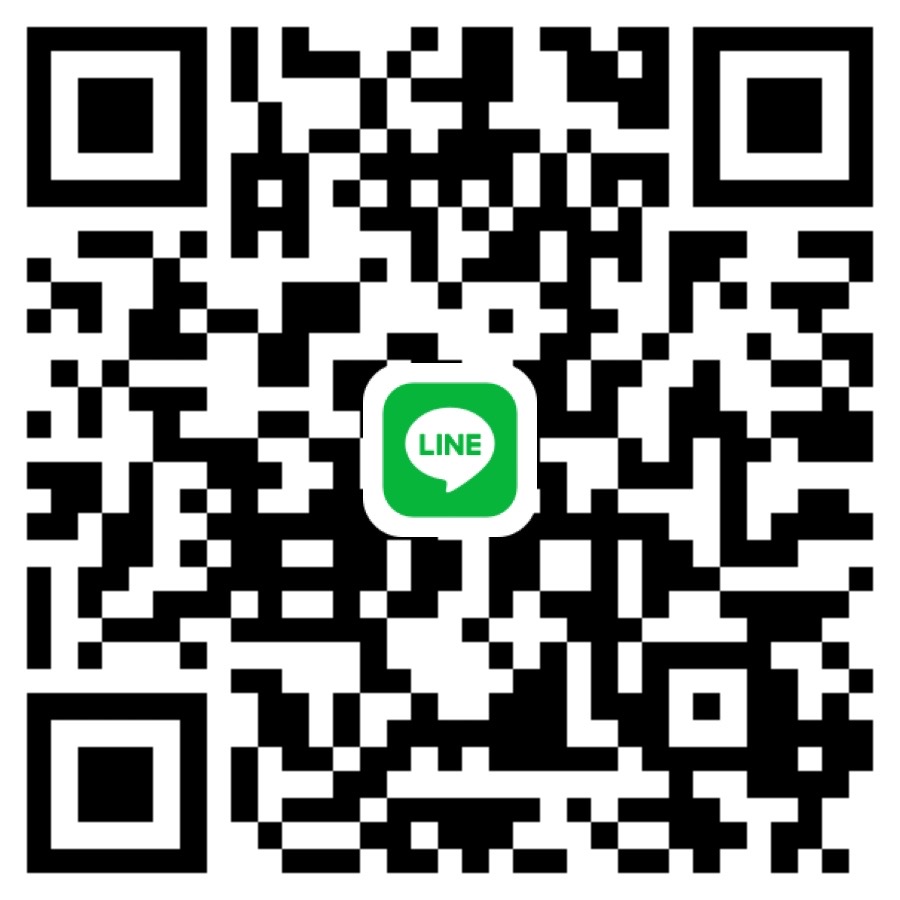 Mobile :+86 14757952965
Mobile :+86 14757952965 E-mail :william@aixdlock.com
E-mail :william@aixdlock.com
RECOGNIZE DOOR OPENING BY VEIN ON SMART LOCK
Palm vein recognition technology is one of the user authentication methods used in new generation electronic locks . Instead of using a password or magnetic card, this technology uses the unique characteristics of the veins on the user's palm for authentication.
When the user places their palm on the sensor surface, the system will use a camera or infrared sensor to scan the veins. The system will then compare the characteristics of this vein with data previously stored in the system to determine the user's authenticity.
This technology has many advantages such as the ability to read veins quickly, with high accuracy and is difficult to fake because each person has a unique characteristic of veins. However, this technology also has disadvantages such as high initial investment costs, complexity in deployment and use, and requires users to place their palms in the right position for the system to recognize them. venous vessels.

High accuracy: Each person has unique veins and the accuracy of this identification method is very high, helping to minimize the risk of unauthorized entry into the system.
Safety: Vein identification does not affect the user's health because it does not use X-rays or ion radiation for identification, only using infrared light.
Difficult to counterfeit: The uniqueness of the vein and its difficulty in being copied helps minimize the possibility of counterfeiting, so this method is considered very safe.
Fast response time: The vein identification method has a very fast response time, helping to save time and increase work efficiency.
Usability in many fields: This method can be used in many fields, from information security to healthcare and banking.
Complexity: The palm vein identification method is quite complex, requiring high technical investment to deploy.
High initial investment costs: To implement this method, organizations need to invest in vein sensors, scanners and recognition systems, all of which are relatively expensive.
Potential for failure: Sometimes the system fails to recognize the user's veins, which can happen if the user does not position the palm correctly or the veins are not clearly displayed on the palm.
Cannot be used when the user has wounds or bandages on the palm: This method cannot be used when the user has wounds or bandages on the palm

Vein recognition is a biometric recognition technology that is being applied in many different areas of life today. Below are some applications of vein recognition technology:
Information security: Vein recognition is used in security systems to authenticate users when accessing the system or accessing their accounts. This helps prevent user tampering and protects important information.
Healthcare: Vein recognition technology is used in medical applications to identify patients and track their medical information. It can also be used to identify medical staff during work.
Banking: Vein recognition is used in online payment systems to ensure the security of transactions and authenticate the user's identity.
Work Time Management: Vein recognition technology can be used in work time management applications to ensure accuracy and prevent fraud in registering employee work time.
Mobile payments: Vein recognition technology can be used in mobile payment applications to authenticate the user's identity and protect the security of the transaction.
Access Control: Vein recognition is also used in access control systems to authenticate the identity of users and control access to sensitive areas.

Conclusion:
With the rapid development of security devices and mobile devices such as: electronic door locks, smart door locks, smart doors, access control, smartphones......, Anti-theft lock king Kinglock believes that Hand ID will soon become a "must-have" feature on mobile phones next to Face ID. Let's wait and see which technology house will appear in the next device challenged with Hand ID technology - palm vein scanning.
Please follow kinglock.vn to always update hot information in the mobile security technology world!



